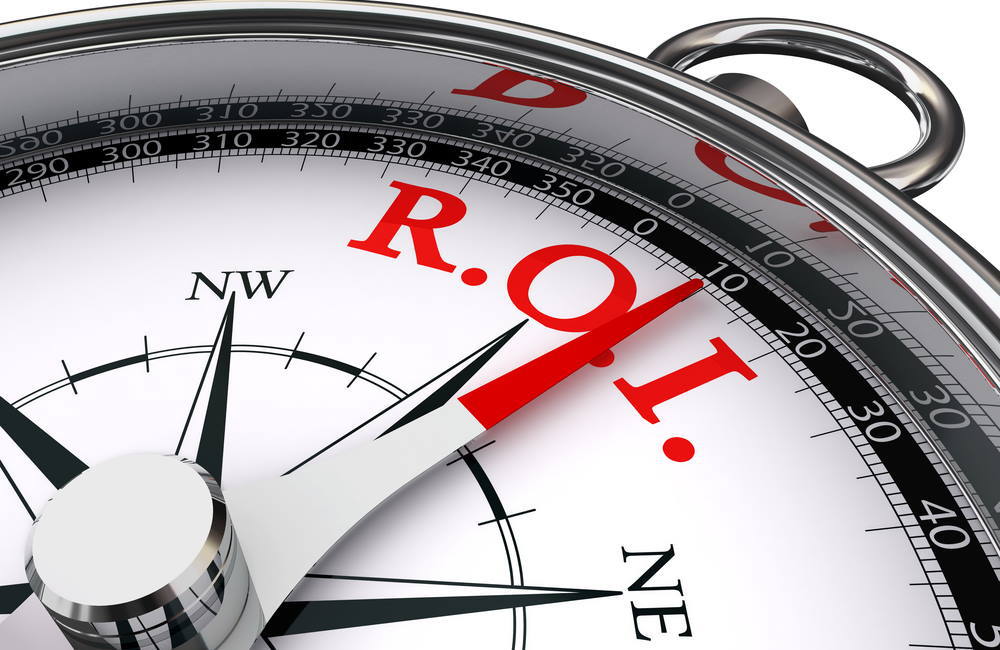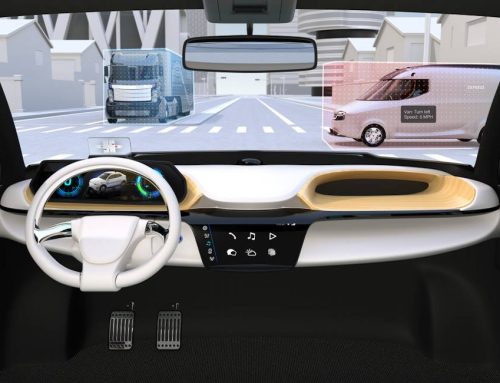Dash cams make drivers safer and improve their behind-the-wheel performance. But dash cam ROI goes beyond this, protecting a fleet’s bottom line in a number of ways, including combating fraud and saving on crash-related costs.
Collision avoidance systems allow fleets to mitigate risk, provide more focused driver training and provide video that can prove useful if there is an insurance dispute. Taken together, these benefits provide a dash cam ROI that results in a stronger bottom line for fleets.
The Basics of Dash Cams
Fleet dash cam systems include cameras installed in a vehicle’s cabin that provide real-time views of both the cabin interior and the surrounding environment, as well as historic video from both. Advanced software transmits all data to a central platform that allows fleets managers to access information on every vehicle at any time.
The safety benefits are significant, which is one reason why the National Transportation Safety Board (NTSB) recommends outfitting all commercial vehicles with a dash cam system. The popularity of dash cams has led to further innovation, including advanced systems that feature collision avoidance and distracted driver solutions. Other innovations include AI-powered cameras and 360-degree cameras.
How Dash Cams Boost the Bottom Line
Modern dash cam systems work well with every type of vehicle and any size fleet. They offer fleet managers a way to improve efficiency and increase profitability, two goals difficult to achieve in a mature industry such as commercial transportation.
Dash cams offer advantages in a variety of ways. Some directly benefit the bottom line, while others free up cash that fleets can either save or put back into the business.
Improved driver training. In-cab dash cams monitor driver behavior, storing important information about a driver’s strong and weak driving behaviors. This allows fleets to better focus training, cutting down on costly crashes (the vast majority of which are caused by human error).
Lower insurance rates. Some insurance companies offer discounts to fleets that use dash cams in their vehicles, especially if they have a track record of lowering the number of crashes each year.
Exonerating drivers. The average cost of a crash involving a motor vehicle is $91,000, while an accident with injuries costs $200,000. A big part of dash cam ROI is that video from both inside and outside a vehicle can exonerate drivers in legal actions where others attempt to blame then for a crash they did not cause.
Reducing violations. Dash cams help drivers address behaviors that lead to costly violations, meaning fewer out-of-pocket expenses for companies for moving violations as well as fewer points against a driver’s license (more points can lead to higher insurance premiums and even suspension of a license).
Asset tracking. A dash cam system linked with a good GPS system can help fleets better track the location and movement of every vehicle in real time. This protects against theft and also allows dispatchers to assign vehicle routes in a way that makes delivery as efficient as possible.
Fleets will find dash cam ROI benefits them both in improved safety and a strong bottom line. They’ve become a necessity for fleets that want to stay competitive.










